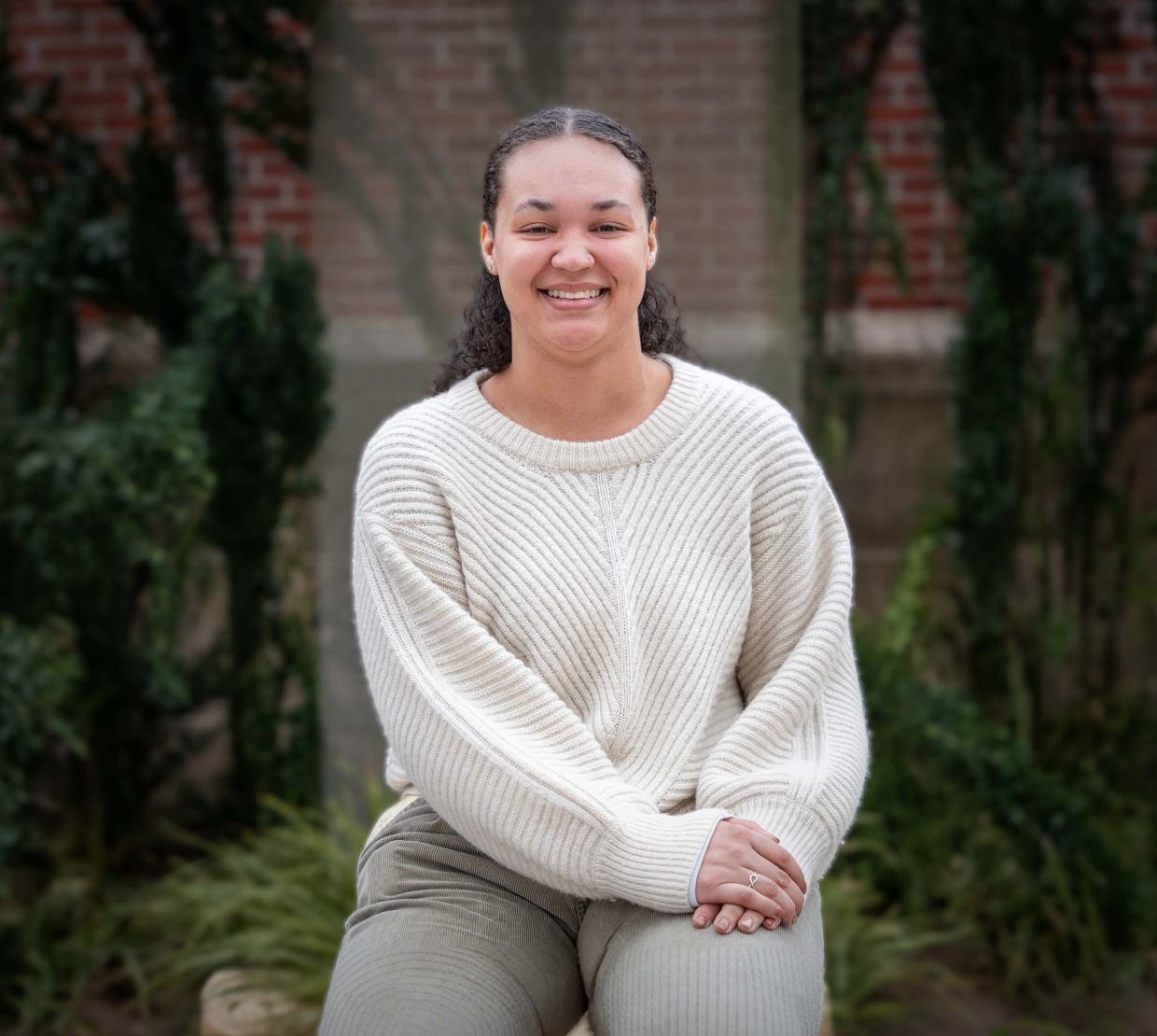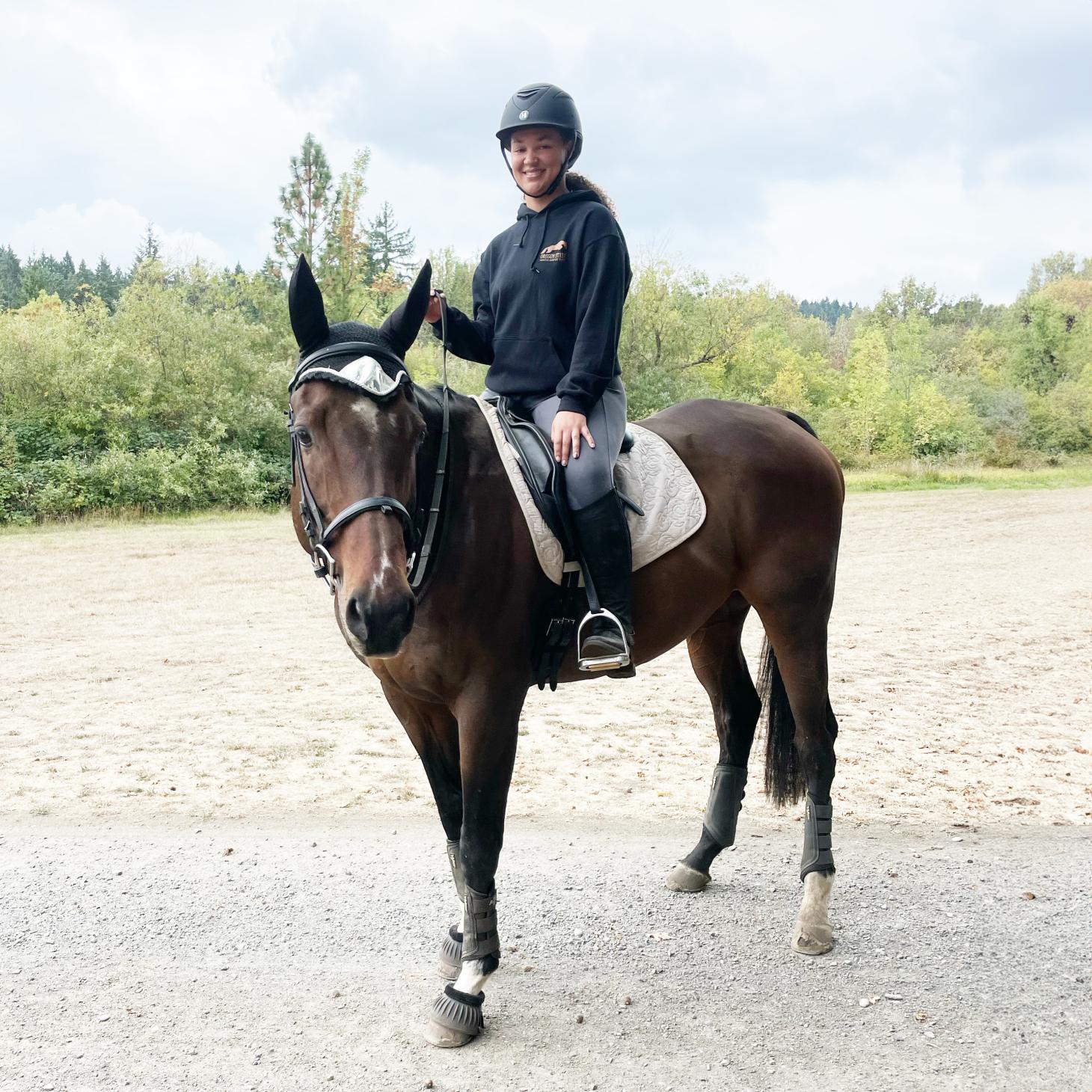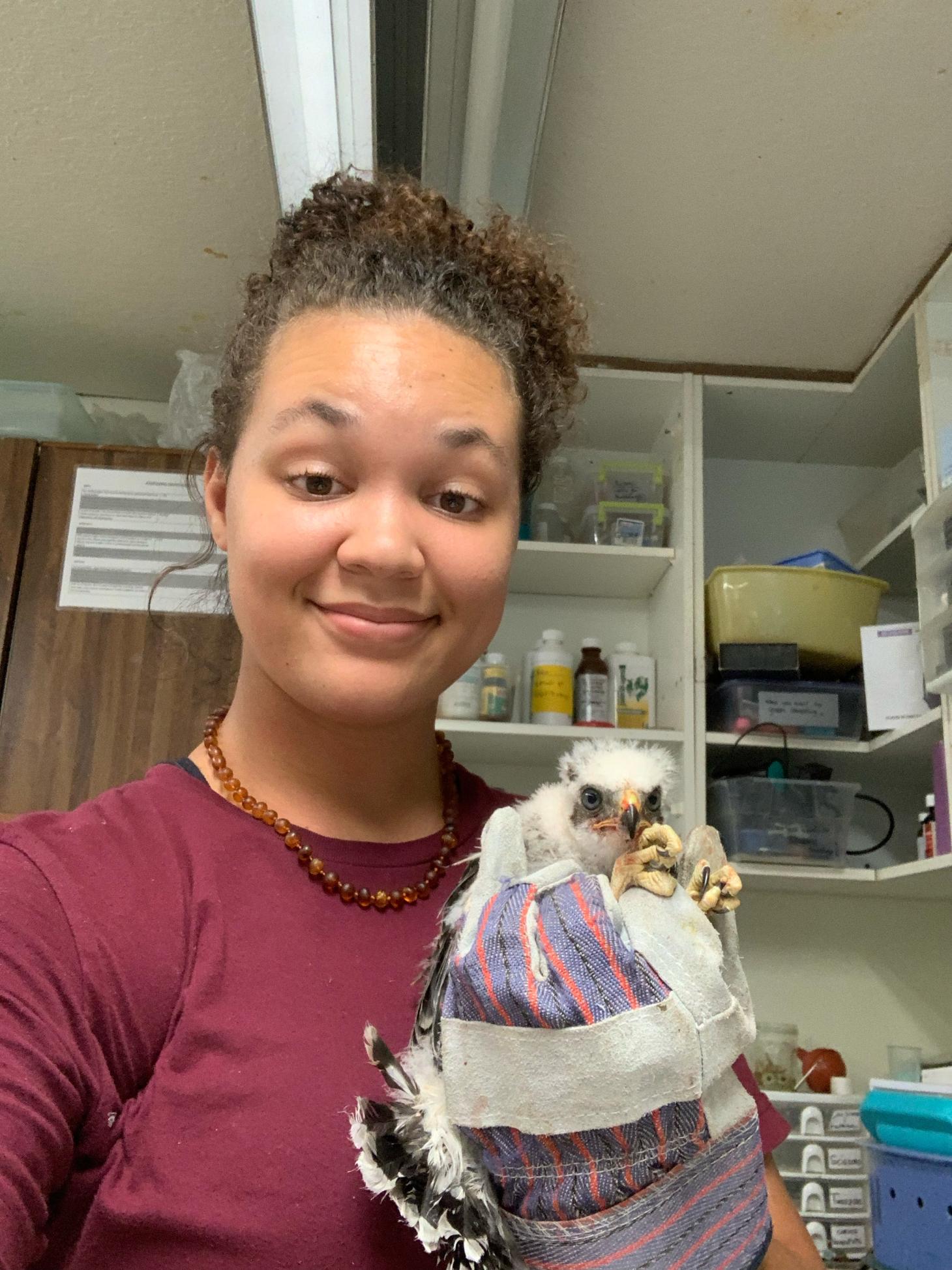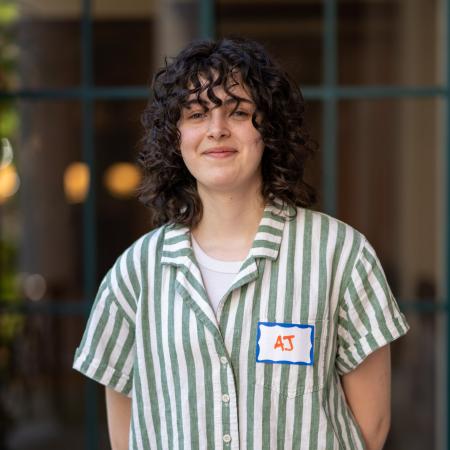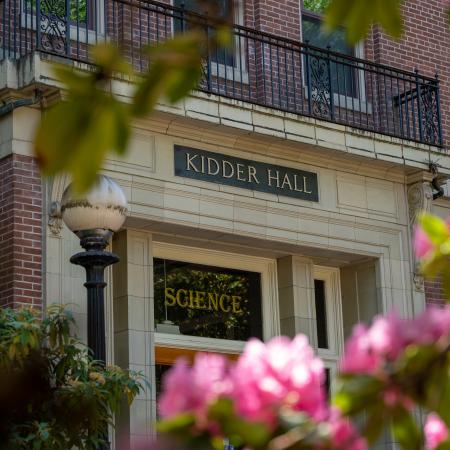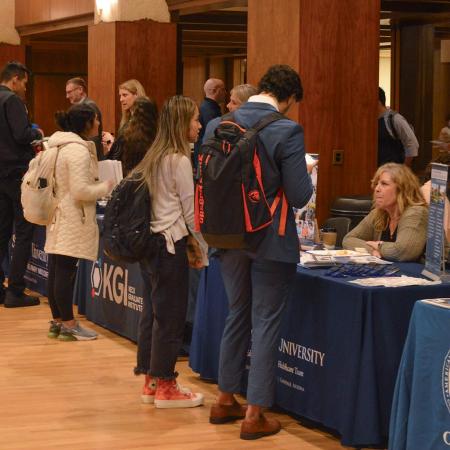As children, most of us were asked what we wanted to be when we grew up. Quipping dreams of ballerinas, firefighters, doctors or mythical characters — how many of us actually pursued them? Camrie Smith always said she wanted to work with animals. And it stuck.
Smith chose Oregon State for her undergraduate education because of its excellent zoology program, which offers scientific training in the diversity, organismal biology, ecology and evolution of animals. Housed in the integrative biology department at the College of Science, it is the only zoology program in Oregon and it benefits from electives like animal behavior and cognition, offered in both Oregon State’s Ecampus online program and fish and wildlife. This collaborative approach to science education is why Oregon State’s many science entities are known simply as, “Team Science.”
